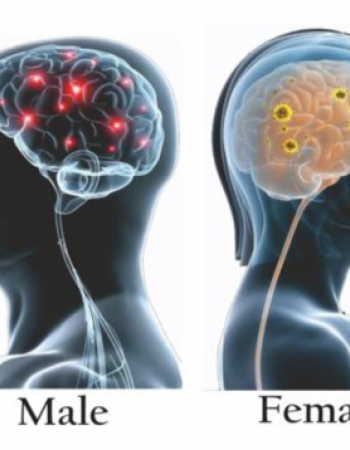Serotonin Signaling and Macrophage Subsets in Goldfish Gills: Unraveling the Neuroimmune Network for Gill Homeostasis
Serotonin Signaling and Macrophage Subsets in Goldfish Gills: Unraveling the Neuroimmune Network for Gill Homeostasis
Goldfish (Carassius auratus) gills function as both respiratory and immune-regulatory organs, integrating neuroendocrine and immune responses to environmental stimuli. This study explores the spatial organization and interaction of neuroendocrine cells (NECs) and immune cells within goldfish gills using confocal immunohistochemistry and transmission electron microscopy. NECs, identified near blood capillaries and nerve fibers, highlight their role in environmental sensing and physiological regulation. These cells express serotonin (5-HT), a neurotransmitter critical for neuroimmune communication. Two distinct macrophage subsets were observed: iNOS-positive macrophages, concentrated in the basal epithelium, suggest a pro-inflammatory role, whereas 5-HT-positive macrophages, dispersed in the subepithelium, likely contribute to immune modulation. The co-localization of MHC-II and CD68 in macrophages further supports an active antigen-processing system in the gills. Ultrastructural analysis revealed diverse immune cells, including rodlet cells, telocytes, and lymphocytes, within the gill epithelium. Telocytes formed intricate networks with immune cells, highlighting their role in immune coordination and tissue homeostasis. These findings provide new insights into the neuroimmune interactions in fish gills, contributing to a broader understanding of aquatic immune systems and environmental adaptability.

To investigate the association between HLA-G gene polymorphisms and susceptibility to Sjögren’s syndrome (SS), and to evaluate serum soluble HLA-G (sHLA-G) levels in a Saudi population. HLA-G 14-…

Background: Coccidiosis is considered a protozoan disease affecting wild and domestic animal species which leads to economic losses. Regarding drug resistance, scientists are focused on…

Goldfish (Carassius auratus) gills function as both respiratory and immune-regulatory organs, integrating neuroendocrine and immune responses to environmental stimuli.

